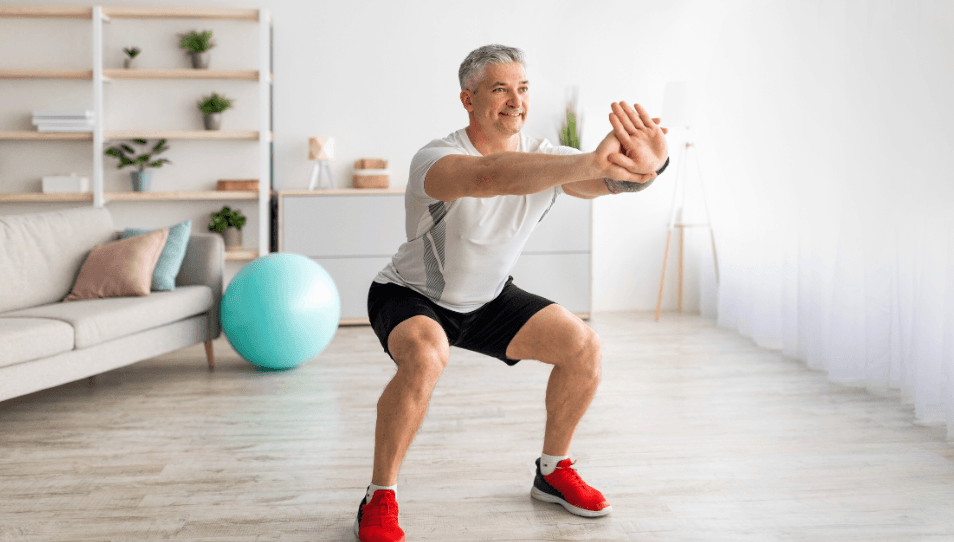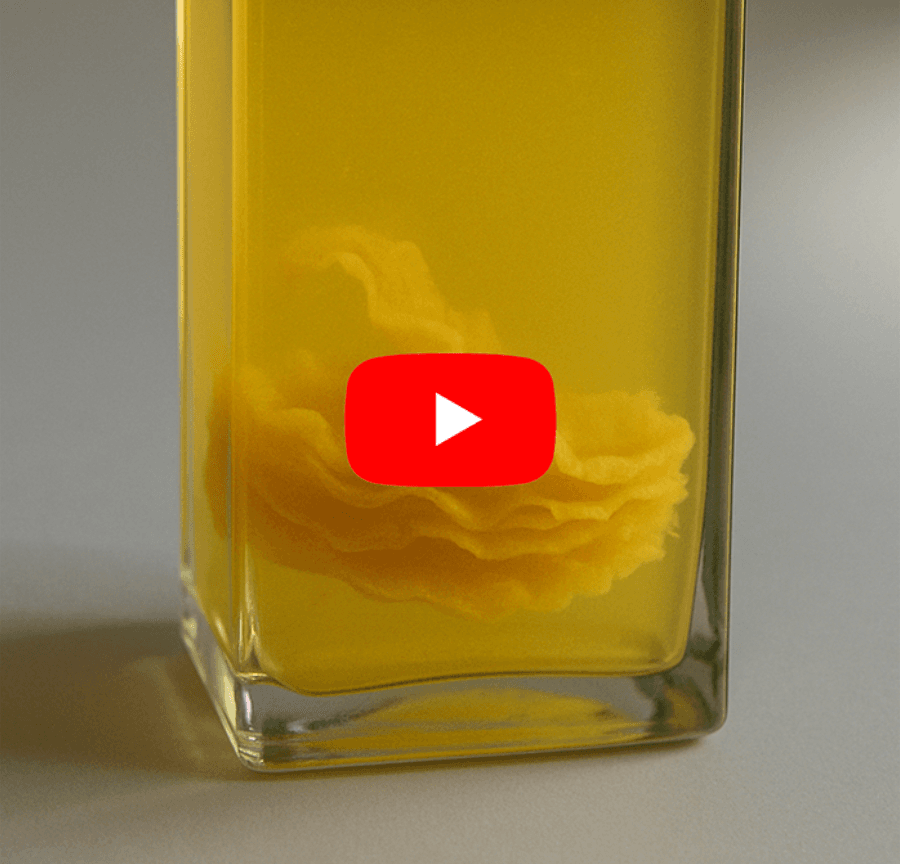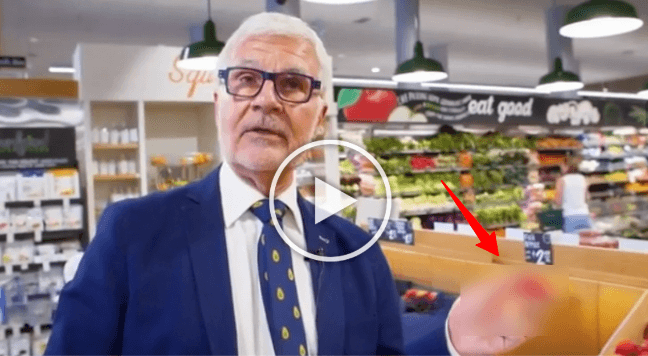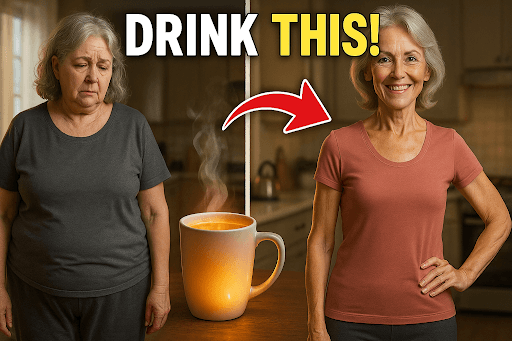Follow These Key Principles To Rewire Your Brain Faster
Optimizing neuroplasticity after a neurologic injury is vital. Today, the focus is on how you can transform brain recovery through tried-and-tested principles based on extensive evidence. Get ready to dive deep and revolutionize your approach to rehabilitation.
Neuroplasticity is your brain's ability to reorganize itself, forming new neural connections. This happens through repeated use and targeted exercises after injury. Originally, it was believed that the adult brain couldn't rewire after trauma.
Years ago, no substantial rewiring was believed to happen; therapy instead involved adapting unaffected areas to compensate for damaged ones. Subsequent research highlighted the brain's ability to indeed rehabilitate, reshaping therapy strategies towards facilitating normal movement rather than purely compensation-based actions.
Repetitive practice is key to developing movement skills. Two main practice types include mass practice—repeating entire tasks—and block practice—refining individual movement components. Both carry particular benefits depending on the recovery stage.
- Repetitive Practice: Includes both mass and block practice, vital for mastering motor skills.
- Spaced Practice: Incorporating breaks to enhance skill retention.
Engaging in real-life-related tasks accelerates recovery. Task specificity ensures that the practices applied closely simulate activities where improvement is desired.
- Goal-Oriented Therapy: Engaging with meaningful, survival-critical tasks strongly influences progress.
Diverse feedback engages multiple senses essential for motor relearning. Incorporate auditory, visual, and tactile stimuli. Explicit and implicit feedback have their uses. Implicit feedback encourages personal adjustments and gradual learning over giving out structured cues, proving especially useful over continual explicit coaching.
- Implicit Feedback: Unstructured cues fostering internal skill realization.
Implementing and observing various rehabilitative strategies, like mirror therapy and visualization, develop core recovery capabilities. Observation of others performing targeted movements can also trigger subconscious neural adjustments.
Visualization lights up brain areas pertinent to motion control, akin to physical execution of tasks recalled by diver's lessons and patients' experiences alike.
A supportive environment, both socially and practically, extends beyond encouragement and instills motivation to engage with and achieve recovery goals. Support groups provide an exceedingly powerful community-driven mechanism: a circular encouragement dynamic feeding personal resolve to overcome physical challenges.
Ultimately, the success of applying these principles lies not only in their complexity but how they become part and parcel of a notification regimen. Whether it’s detailed adaptations of robotic assistance or nuanced approaches to everyday sports, embedding these principles within therapeutic frameworks provides unmeasurable value.
Through an extensive focus on encouraging progressive improved actions and now having collectively-genesis neuroplastic therapy methods, the focus now seen intends for efficiency, transforming neurological recoveries for maximum rehabilitation beneficial growths.
From Around The Web
Wellness Inbox is a blog & weekly newsletter that curates trending news and products related to health and wellness from around the web. We also gather content from various sources, including leading health professionals, and deliver it directly to you.
Please note that we may receive compensation if you purchase any products featured in our newsletter. Wellness Inbox is not affiliated with, nor does it endorse, any health professionals whose content may appear in our newsletter. The information provided is for general informational purposes only and should not be considered medical advice.
The information provided is not intended to replace professional medical advice, diagnosis, or treatment. All content, including text, graphics, images, and information available is for general informational purposes only. We do not guarantee the accuracy or completeness of any information presented and assume no liability for any errors or omissions. The content is subject to change without notice. We encourage you to verify any information with other reliable sources and consult your physician regarding any medical conditions or treatments.







